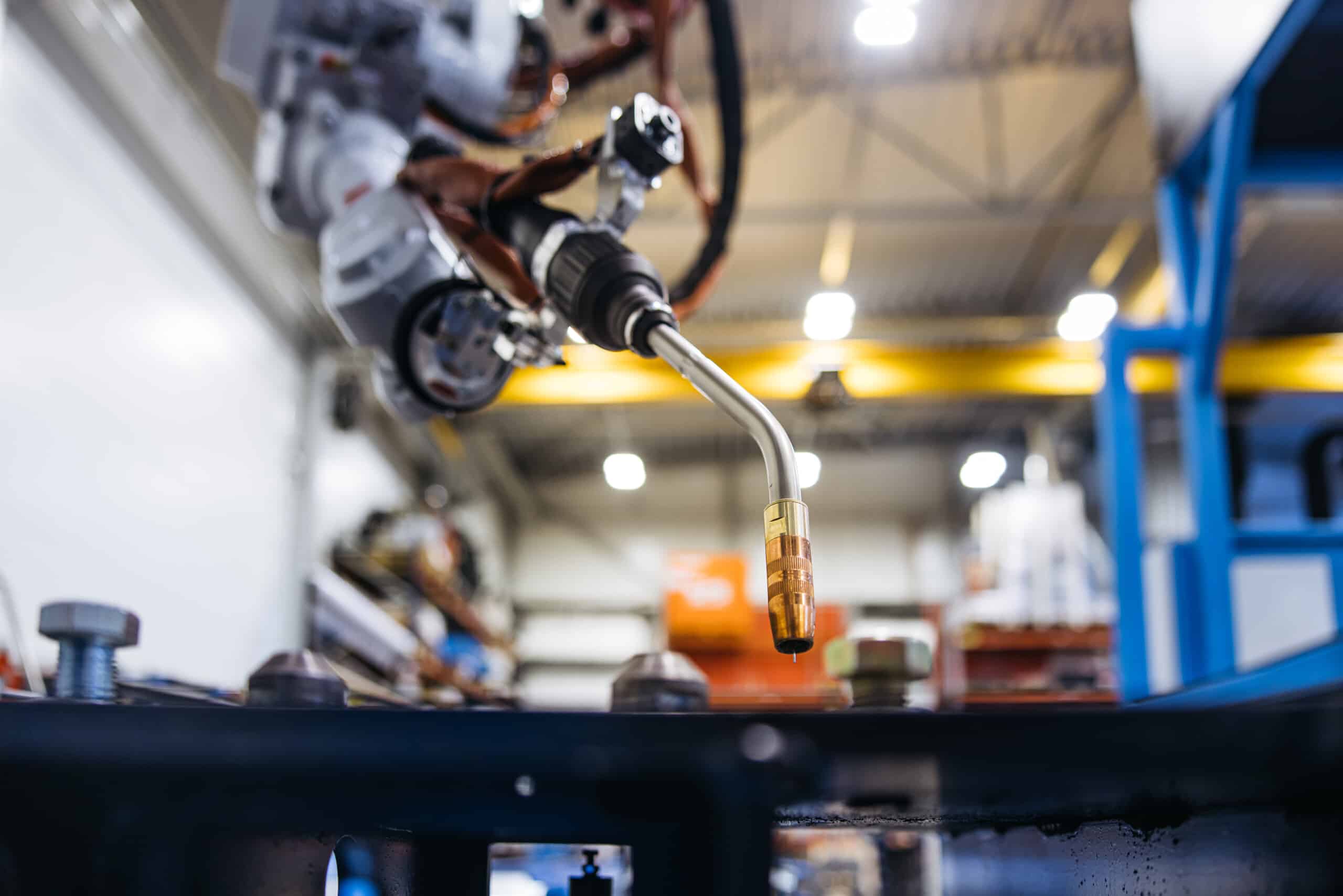The laser welding cell era begins – up to 20 times faster than previous welding technologies

There has been no revolution in welding technologies for a long time. Now the near future looks bright, as laser welding has entered the forefront of technology. Large technology companies, among others, are already using laser welding. We tell you why it will become more widespread elsewhere!
The laser welding cell is the first major advance in welding processes in almost 10 years. The technology is set to take the manufacturing industry by storm, as laser technology can speed up welding by up to 1900%. So far, laser welding has been used by only a few, such as the automotive industry and large technology companies. Now the revolution is underway and over the next 5 years the deployment of applications will accelerate significantly.
Advantages of laser welding
Laser welding is a highly accurate technology that significantly speeds up the welding process, providing a good basis for improving the efficiency of the production process. Thanks to the laser, the final welding product itself is more accurate and of higher quality, and there is rarely any need for rework.
The laser welding cell is a relatively new technology and the initial investment is still high, but as the solution becomes more widespread, deployment costs will level out. However, the payback period is very short and the initial costs are quickly recouped.
The superior speed and low additive consumption of laser welding offer significant savings: compared to conventional MIG/MAG welding, speeds can be up to 20 times faster and thin sheets can even be welded without any additives.
While laser welding is particularly well suited for welding thin-walled materials, versatile laser welding is suitable for a wide range of thicknesses, metallic materials and joining requirements. It can replace spot welding, which involves welding one spot after another, with laser welding you can just weld straight lines instead. This method allows a greater variety of shapes and qualities to be welded.
The advantages of laser welding over other welding methods are:
- High welding speed. The laser welding speeds are very high: high speeds of up to 20 metres per minute for thin sheets of a few millimetres, while the average speed for sheets of a similar thickness is less than one metre per minute with MIG/MAG welding.
- High quality. No welding drag, no spatter! There is virtually no need for post-weld grinding and other finishing operations.
- Versatility. A laser welding cell diversifies the types of shapes, welds and joints that can be made. It also replaces other welding technologies and standardises welding processes.
- Reduced consumption of additives. Previous welding technologies use up to 900% more welding wire – for example, if 100 kg of wire is used per day, the laser uses 1-10 kg per day. For the thinnest plates, no filler material is needed at all.
Tips before you switch to laser welding
A laser welding station can serve smaller operators with its accuracy and speed, but the best use of a laser is when an automated laser welding cell is part of a production line that is at least somewhat automated. The speed of the laser can put a strain on other operations, such as part loading or material handling, if they are manual. In an advanced production process, the different steps can respond more efficiently to the increased welding speed.
In previous welding technologies, the main factor requiring protection is the electric arc, which strains workers’ eyes. The laser, on the other hand, is an efficient piercing, cutting and radiating technology, so the protection requirements in the welding environment are more stringent. Goggles, safety zones and tinted walls are not enough. Taking these into account, the method is also suitable for smaller machine shops.
The final result of the welding process always depends to a large extent on the quality of the initial part. The quality requirements for laser welding are higher: the accuracy of the parts to be welded must be better than with conventional MIG/MAG. For thin plates, dimensional accuracy alone is sufficient to start with, but for thicker plates, where burnt steels pose a challenge to accuracy, quality should be closer to machining accuracy.
Want to learn more about laser welding cells?
The growing demand for laser welding has also been reflected in our company. Currently, around 25% of our offerings are for laser welding. We predict that 40% of our business will consist of laser welding in five years’ time. We are at the forefront of developments in our field, both in terms of advancing our customers’ production processes and in the introduction of new, efficient technologies in companies. We are happy to help you with your production development and automation needs. Contact us to find out more about how a laser welding cell could be suitable for your production.
